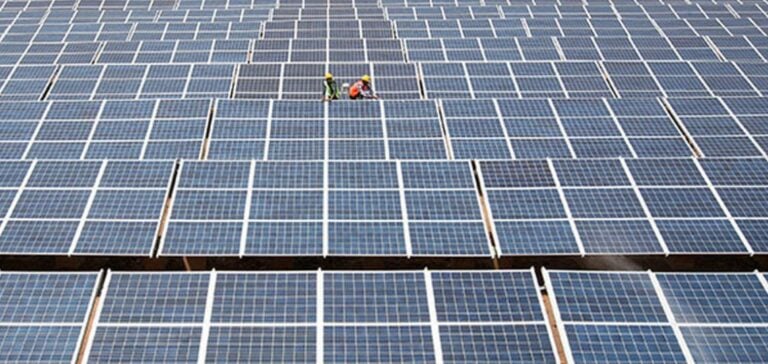Tata Power Renewable Energy Limited (TPREL), a subsidiary of Tata Power and a major player in renewable energy in India, has just reached a decisive milestone. The company recently received a Letter of Order (LOA) to develop a 200MW Firm Dispatchable Renewable Energy (FDRE) project with SJVN Limited. This collaboration is all the more significant given that SJVN, an Indian state-owned company specializing in the production and transmission of hydroelectric and renewable energy, has been designated by the Ministry of New and Renewable Energy (MNRE) as the Renewable Energy Implementation Agency (REIA) to achieve India’s ambitious target of 500GW by 2030.
Innovation and Sustainability
To meet the requirements of the 200MW FDRE project, TPREL designed a hybrid system combining solar, wind and battery storage. This combination not only ensures that energy production is adjusted to the needs of electricity distributors (discoms) during peak hours, but also offers greater stability to the power grid. This innovative system enables a continuous supply of energy, supporting discoms in their Renewable Purchase Obligation (RPO) and Energy Storage Obligation (ESO).
A First for TPREL
This project marks TPREL’s first FDRE contract award, underlining its commitment to reliable, sustainable energy solutions. The contract includes a Greenshoe option, allowing additional capacity beyond the initial 200MW. Indeed, this strategic partnership with SJVN represents a key step in the expansion of TPREL’s portfolio and its contribution to the nation’s sustainable energy goals.
Impact and Development
The project is scheduled for commissioning within 24 months of the signing of the Power Purchase Agreement (PPA). What’s more, its completion, the result of a competitive bidding process followed by an electronic reverse auction, will reduce annual CO2 emissions by around 9 lakh metric tons. With this victory, TPREL’s total renewable energy capacity reaches 8,314MW, comprising 4,100MW of projects in various stages of development and an operational capacity of 4,214MW, including 3,200MW of solar projects and 1,014MW of wind projects.
The TPREL and SJVN initiative illustrates a significant evolution in the Indian energy landscape. By adopting a forward-looking approach and focusing on renewable energies, these companies are playing a crucial role in realizing India’s energy ambitions.







